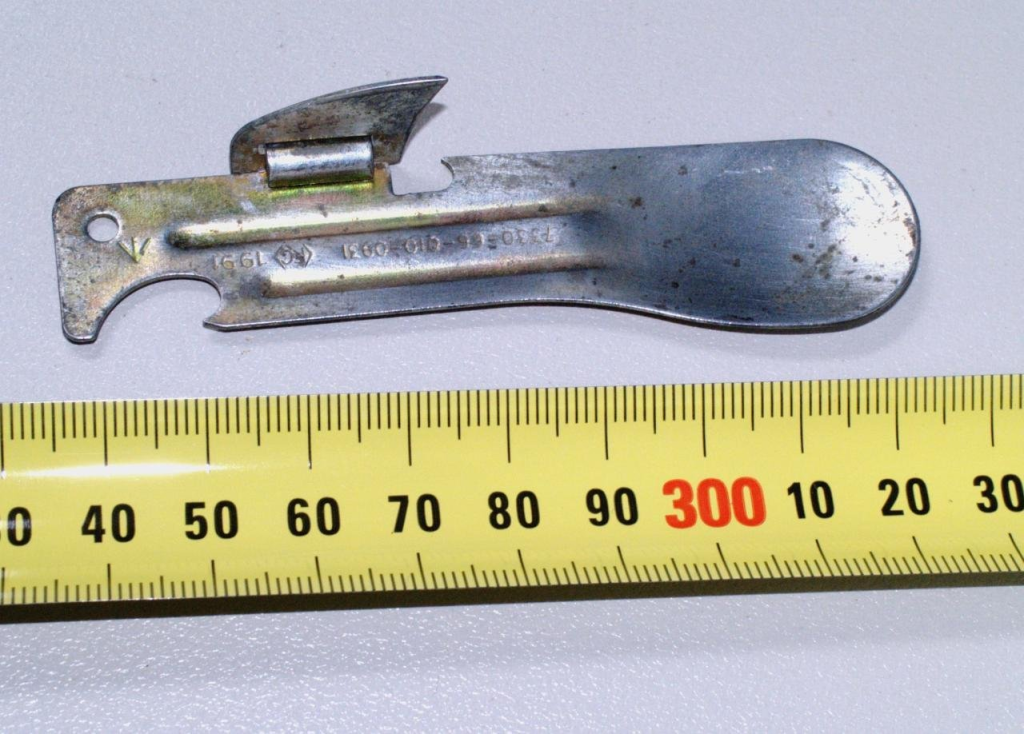A TV presenter with a traditional Māori face tattoo has calmly replied to negative comments from a viewer, proudly standing up for her cultural heritage and identity.
Facial tattoos often spark debates online. Some people think tattoos should only be on the body, while others understand and appreciate their cultural importance.
Oriini Kaipara, 41, made history when she became a newsreader for New Zealand’s Newshub. She is the first primetime TV news presenter to wear a moko kauae, a special facial tattoo for Māori women.
The Māori are the indigenous people of mainland New Zealand. They see moko kauae as important symbols of their heritage and identity. These tattoos, traditionally on the lips and chin, show a woman’s family ties, leadership, and honor her lineage, status, and abilities.

Oriini Kaipara. Credit: Oriini Kaipara / Instagram.
Despite receiving praise, one viewer named David expressed his dislike for Kaipara’s moko kauae in an email to Newshub.
He wrote, “We continue to object strongly to you using a Māori newsreader with a moku [moko] which is offensive and aggressive looking. A bad look. She also bursts into the Māori language which we do not understand. Stop it now,” according to the Daily Mail.
But Kaipara didn’t let David’s negative words stop her. She bravely shared screenshots of his messages on her Instagram story and responded calmly.
“Today I had enough. I responded. I never do that. I broke my own code and hit the send button,” she wrote on her Instagram story alongside a screenshot of David’s message.

Kaipara didn’t just share screenshots of David’s email, she also responded to him. She explained that his complaint wasn’t valid because she hadn’t broken any rules for TV.
She also corrected David’s spelling mistake. He called her tattoo a “moku” instead of “moko”.
In her email back to him, Kaipara said, “I think you don’t like how I look on TV. But tattoos and people with them aren’t scary or bad. We don’t deserve to be treated badly because of them.”
She asked him to stop complaining and to try to understand better. She even joked that maybe he should go back to the 1800s if he couldn’t accept people with tattoos.

Despite David’s negative words, Kaipara says she mostly gets nice comments, and mean ones are rare.
In an interview with the New Zealand Herald, Kaipara talked about how it’s important to have more Māori people in important jobs. She said, “The fact that my existence makes some people upset shows why we need more Māori people in every job.”
Kaipara’s calm response reminds us how important it is to be proud of who you are, even when people are mean. She’s inspiring others to be proud of themselves and stand up to unfair treatment.
What do you think of this story? Share your thoughts in the comments!
Is it Modern or Ancient? This Vintage Instrument Has Survived the Years!
Rediscovering the P-38 Can Opener: A Journey into History
Nestled in the palm of a hand, the compact metal gadget hardly betrays its venerable history and the sense of nostalgia it evokes. It’s the P-38 can opener, a simple yet ingenious device issued to military personnel starting in World War II. This tiny tool, with its folding sharp tip, speaks volumes about the era of its inception—a time when practicality and compact design were paramount, especially in the field of combat.
A Link to the Past in a Kitchen Drawer
In an age where the buzz of electric gadgets and the hum of high-tech kitchen appliances dominate, stumbling upon a P-38 can opener in the back of a kitchen drawer is like finding a hidden treasure—a link to a past where resourcefulness was a necessary skill, and devices were built to last. The P-38 is more than just a tool; it’s a testament to the cool ingenuity of old inventions.

The P-38: A Companion in Times of War
Picture the soldier, far from home, field rations his only sustenance, depending on this small piece of folded metal to access his meals. It was designed to be easily carried, not to be a burden, but to be at the ready, a faithful companion during the uncertainties of war. The P-38 didn’t just open cans; it pried open a space for soldiers to share stories, a momentary reprieve as they gathered around to enjoy their rations together.
Stories of Survival and Camaraderie
This small artifact holds stories of camaraderie and survival. Its design is so efficient that it continues to be used and admired by outdoor enthusiasts and survivalists today. The P-38 requires no power source, no instruction manual, and no maintenance, yet it performs its task admirably. It is a marvel of simplicity—just a piece of metal, yet an emblem of a generation that valued utility and simplicity.

Minimalism in the Modern Age
While modern can openers might boast ergonomic handles and electric motors, there is something inherently cool about the P-38’s minimalism and the raw interaction it demands. Using it is a tactile experience; it connects us with the hands-on approach of the past. It reminds us that before the digital age, before the rise of disposable consumerism, there were objects like this, made with the intention of lasting a lifetime.
Appreciating Timeless Design
Rediscovering the P-38 can opener invites us to pause and appreciate the brilliance behind many such old inventions. Their creators didn’t just solve a problem; they crafted a legacy that would endure well beyond their years. They remind us that innovation isn’t just about creating the new, but also about the timeless beauty of design that serves a purpose, endures, and continues to tell a story, even in silence.s



Leave a Reply